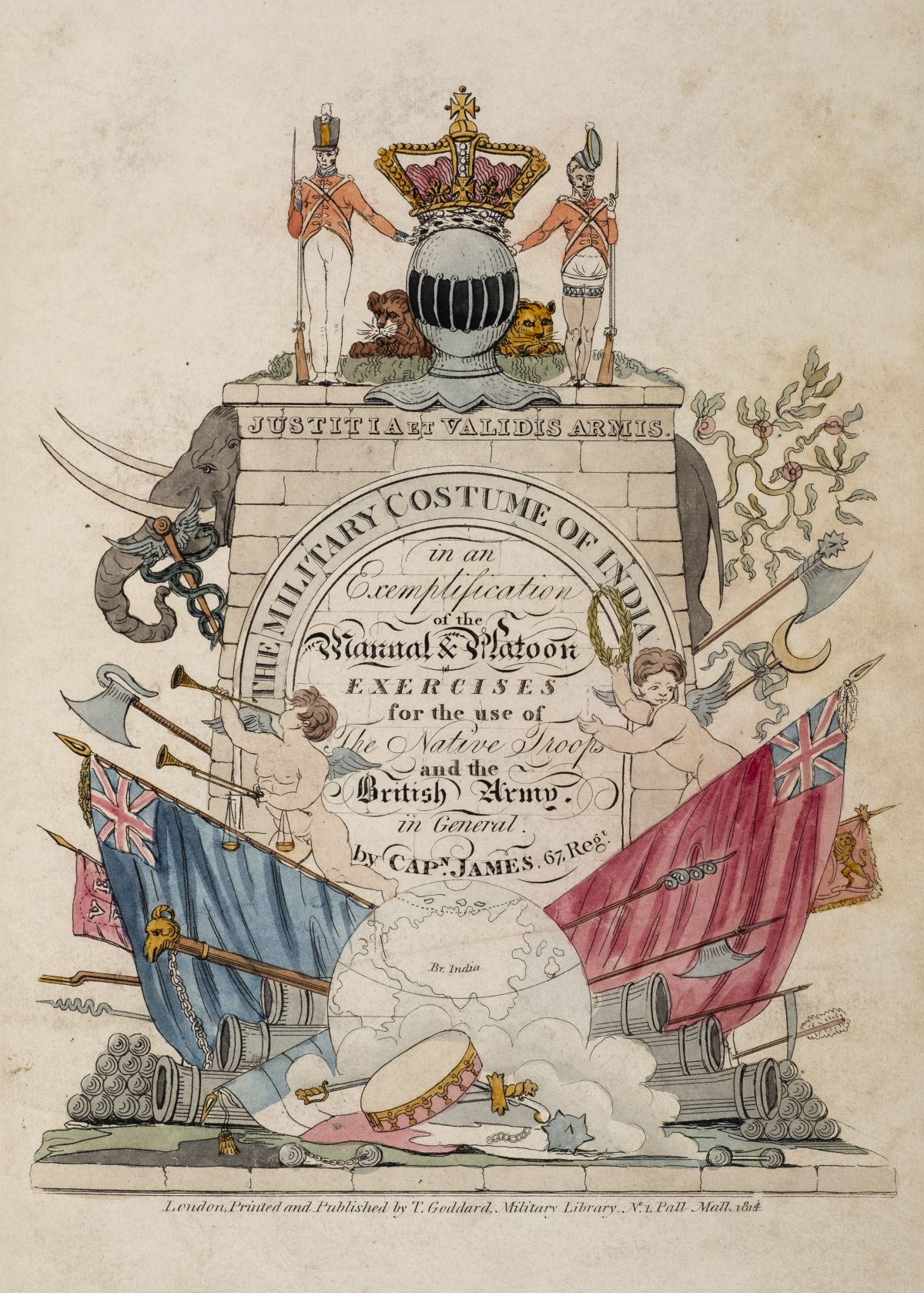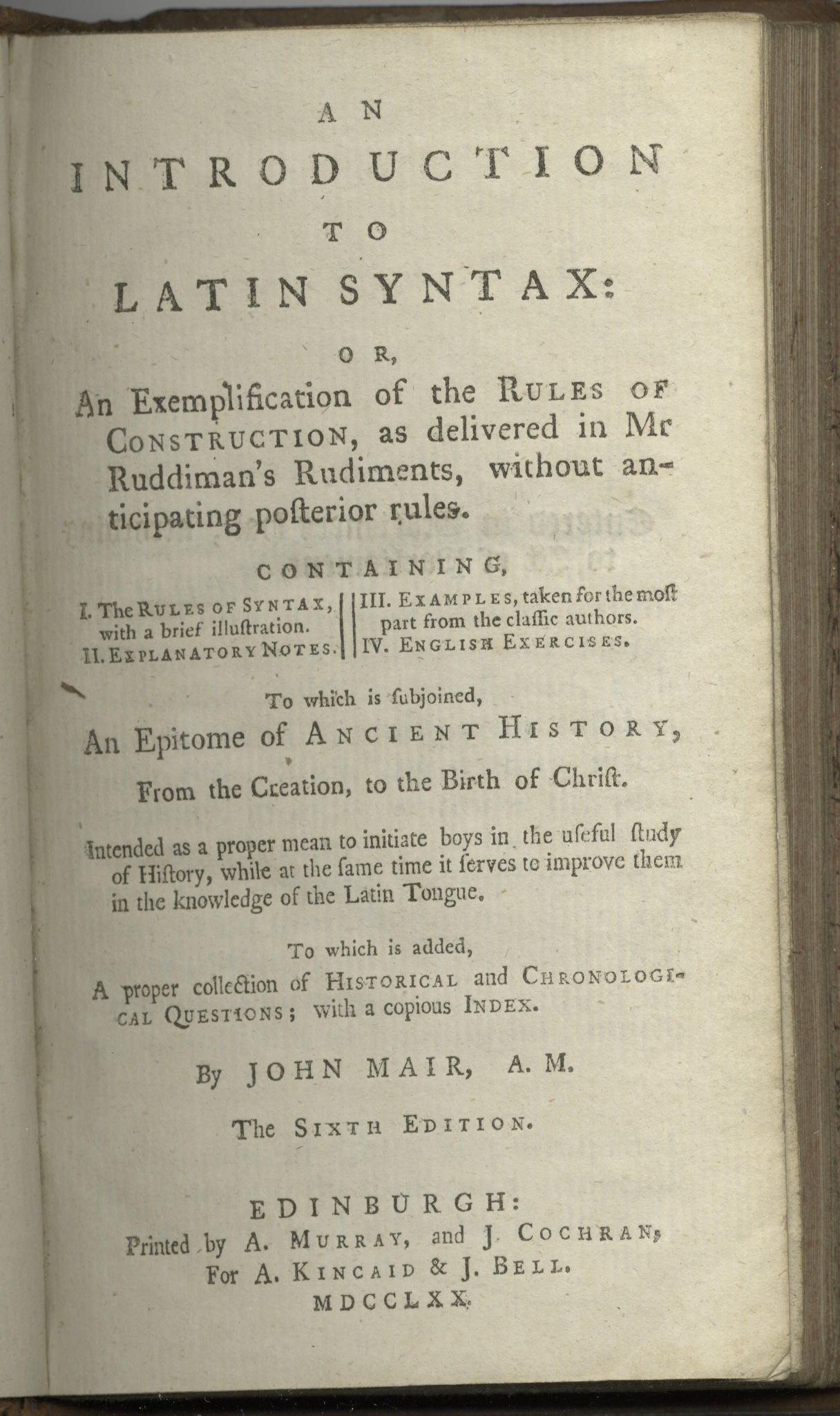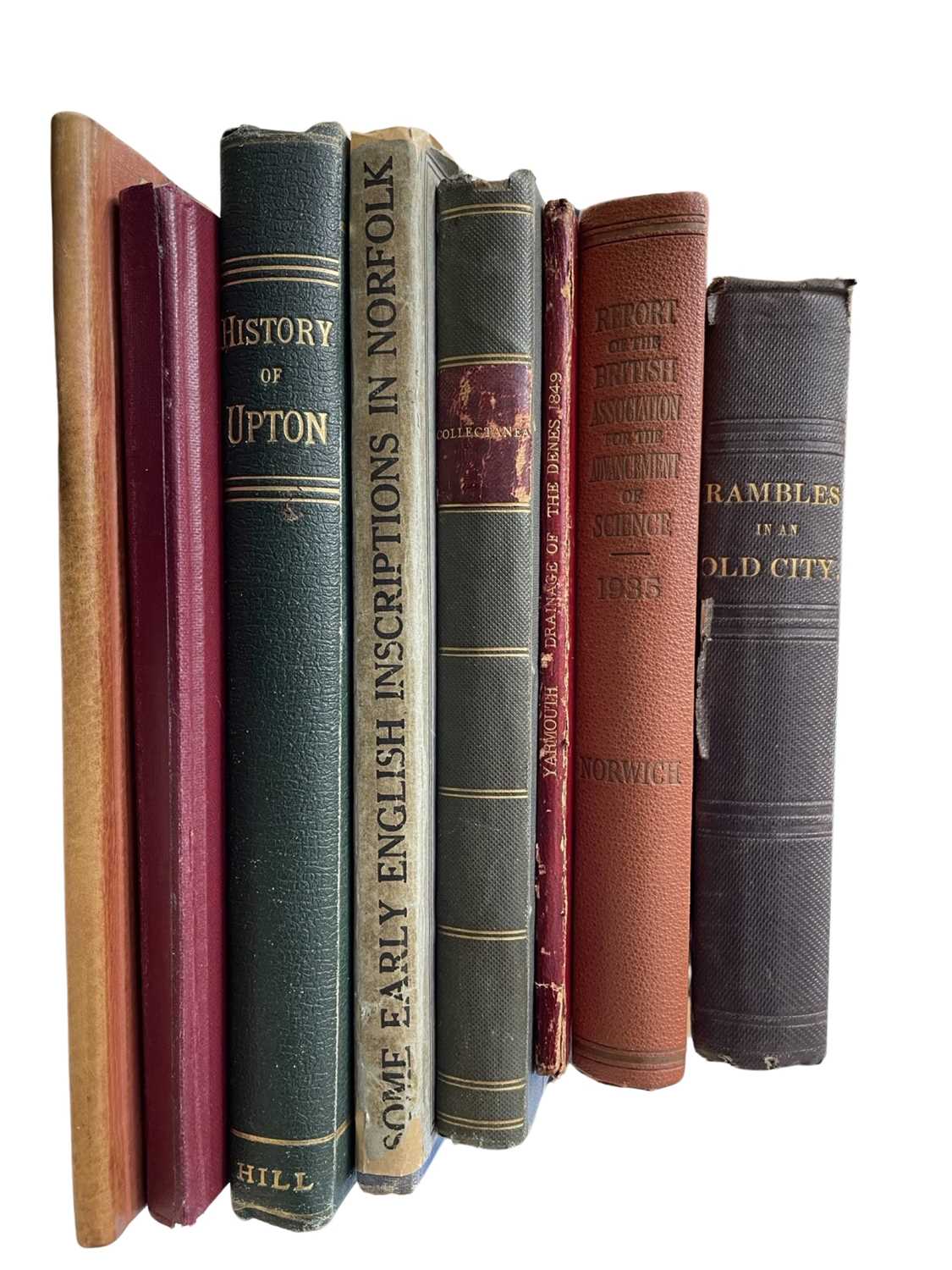Details
CONNECTICUT CHARTER – CHARLES II (1630-1685) – GEORGE III (1738-1820). Manuscript exemplification with royal wax seal, of the 1662 charter issued by Charles II for Connecticut, Westminster, 23 April 1765.
Five pages (versos blank), vellum, 610 x 760mm, with ornate printed borders, red lined rules and embossed blue paper tax stamp affixed to left margin of each leaf (mild cockling). Bound with cord at lower margins that is also affixed to 145mm diameter royal wax seal bearing an equestrian portrait of George III (verso rubbed). Housed in its original container and metal cylinder housing the seal (seal compartment separated).
A magnificent exemplification of the Royal Charter of Connecticut. Although established in the late 1630s, Connecticut's government operated without any official sanction until 1662 when Charles II issued a royal charter which combined the colonies of New Haven and Connecticut—the latter comprising the settlements along the Connecticut River around Hartford. Except for a brief interruption when Sir Edmund Andros attempted to enforce a new government under the Dominion of New England, the charter remained in force until 1818, when Connecticut adopted a new constitution.
This document, an official exemplification of the original 1662 document purportedly hid away in the "Charter Oak" to defy Andros, is headed with a decorated capital "G" framing an engraved portrait of George III. Following the monarch's official greeting, the document certifies that the "Inrollment of certain Letters patent of Incorporation of our royal Predecessor Charles the Second late King of England … made and granted to the then Governor and Company of the English Colony of Connecticut in New England in America," had been inspected, and "said Inrollment Remains duly Inrolled and upon Record amongst the Rolls and Records of our high Court of Chancery the tenor whereof is in the Words following to wit…." From there, the engrosser carefully copies the text of the 1662 charter word for word.
On the final page, the document states that it was produced on the request of three London merchants: Anthony Bacon (1716-17896, misspelled "Baron" in this document), Gilbert Franklyn (ca. 1733 - 1799), and Anthony Richardson. Research thus far has not shed light on any direct connections between Connecticut and these three merchants, but several had landholdings and business interests in Maryland as well as Caribbean sugar islands and they figured prominently in the slave trade. The most prominent of the three was Anthony Bacon. He was born in England, but moved to Maryland after his parents both died, and lived with his maternal uncles, both tobacco merchants, one of whom (Anthony Richardson) is named in the present document. Bacon was active in both the tobacco and slave trades, but in 1764 withdrew from tobacco to become a miltary contractor. In 1764, he stood for Parliament and sat as an MP for Aylesbury until 1780 while also becoming involved in iron production— controlling mines, a blast furnace as well as the Plymouth Iron Works. As a group, the trio of Bacon, Francklyn and Richardson appear to have had one other joint-business venture: the three sought a grant of 2,000 acres of land on the Magdalene Islands for the purpose of maintaining a fishery in the St. Lawrence River estuary. (Munroe & Fitzroy, eds., 4 Acts of the Privy Council of England, p. 551) During his time in Parliament, Anthony Bacon was a member of the Board of Trade and Plantations, and during its 3 January 1765 meeting, "the charters of Rhode Island and Connecticut were read and considered." The original Connecticut charter did claim the entire eastern shore of Narraganset Bay (most of Rhode Island), but that dispute was largely settled in the early 18th century. (See Journals of the Board of Trade and Plantations, Vol. 12, pp. 132-143). Exemplification documents like these have been known to have been presented as evidence in inter-colonial territorial disputes (See Papers of John Jay, Columbia University, Document 1768, October 19, https://dlc.library.columbia.edu/jay/ldpd:63562) To further complicate matters, the present document has been part of the family of John Jay for several generations. No evidence of direct contacts between the Jay family and Bacon, Franklyn or Richardson have yet to emerge in the documentary record.
Another theory that might provide a promising line of inquiry into the trio's connection to the interests of Connecticut may have involved some currently-unknown dealings in western land—a very common area of speculation among merchants and planters on both sides of the Atlantic. If they had any interest in lands in the upper Susquehanna valley, they may have been keen to better understand the nature of the "sea-to-sea" grant issued to Connecticut in the 1662 charter. That grant led to overlapping land claims in northeastern Pennsylvania that led to a series of short-lived wars between Connecticut and Pennsylvania settlers in the region surrounding modern-day Wilkes-Barre, Pennsylvania: a town established by Connecticut's Susquehanna Company in 1769. Interrupted by the Revolutionary War, the conflict simmered until a settlement was reached between the two states in 1799. Provenance: Descendants of John Jay.
Details
CONNECTICUT CHARTER – CHARLES II (1630-1685) – GEORGE III (1738-1820). Manuscript exemplification with royal wax seal, of the 1662 charter issued by Charles II for Connecticut, Westminster, 23 April 1765.
Five pages (versos blank), vellum, 610 x 760mm, with ornate printed borders, red lined rules and embossed blue paper tax stamp affixed to left margin of each leaf (mild cockling). Bound with cord at lower margins that is also affixed to 145mm diameter royal wax seal bearing an equestrian portrait of George III (verso rubbed). Housed in its original container and metal cylinder housing the seal (seal compartment separated).
A magnificent exemplification of the Royal Charter of Connecticut. Although established in the late 1630s, Connecticut's government operated without any official sanction until 1662 when Charles II issued a royal charter which combined the colonies of New Haven and Connecticut—the latter comprising the settlements along the Connecticut River around Hartford. Except for a brief interruption when Sir Edmund Andros attempted to enforce a new government under the Dominion of New England, the charter remained in force until 1818, when Connecticut adopted a new constitution.
This document, an official exemplification of the original 1662 document purportedly hid away in the "Charter Oak" to defy Andros, is headed with a decorated capital "G" framing an engraved portrait of George III. Following the monarch's official greeting, the document certifies that the "Inrollment of certain Letters patent of Incorporation of our royal Predecessor Charles the Second late King of England … made and granted to the then Governor and Company of the English Colony of Connecticut in New England in America," had been inspected, and "said Inrollment Remains duly Inrolled and upon Record amongst the Rolls and Records of our high Court of Chancery the tenor whereof is in the Words following to wit…." From there, the engrosser carefully copies the text of the 1662 charter word for word.
On the final page, the document states that it was produced on the request of three London merchants: Anthony Bacon (1716-17896, misspelled "Baron" in this document), Gilbert Franklyn (ca. 1733 - 1799), and Anthony Richardson. Research thus far has not shed light on any direct connections between Connecticut and these three merchants, but several had landholdings and business interests in Maryland as well as Caribbean sugar islands and they figured prominently in the slave trade. The most prominent of the three was Anthony Bacon. He was born in England, but moved to Maryland after his parents both died, and lived with his maternal uncles, both tobacco merchants, one of whom (Anthony Richardson) is named in the present document. Bacon was active in both the tobacco and slave trades, but in 1764 withdrew from tobacco to become a miltary contractor. In 1764, he stood for Parliament and sat as an MP for Aylesbury until 1780 while also becoming involved in iron production— controlling mines, a blast furnace as well as the Plymouth Iron Works. As a group, the trio of Bacon, Francklyn and Richardson appear to have had one other joint-business venture: the three sought a grant of 2,000 acres of land on the Magdalene Islands for the purpose of maintaining a fishery in the St. Lawrence River estuary. (Munroe & Fitzroy, eds., 4 Acts of the Privy Council of England, p. 551) During his time in Parliament, Anthony Bacon was a member of the Board of Trade and Plantations, and during its 3 January 1765 meeting, "the charters of Rhode Island and Connecticut were read and considered." The original Connecticut charter did claim the entire eastern shore of Narraganset Bay (most of Rhode Island), but that dispute was largely settled in the early 18th century. (See Journals of the Board of Trade and Plantations, Vol. 12, pp. 132-143). Exemplification documents like these have been known to have been presented as evidence in inter-colonial territorial disputes (See Papers of John Jay, Columbia University, Document 1768, October 19, https://dlc.library.columbia.edu/jay/ldpd:63562) To further complicate matters, the present document has been part of the family of John Jay for several generations. No evidence of direct contacts between the Jay family and Bacon, Franklyn or Richardson have yet to emerge in the documentary record.
Another theory that might provide a promising line of inquiry into the trio's connection to the interests of Connecticut may have involved some currently-unknown dealings in western land—a very common area of speculation among merchants and planters on both sides of the Atlantic. If they had any interest in lands in the upper Susquehanna valley, they may have been keen to better understand the nature of the "sea-to-sea" grant issued to Connecticut in the 1662 charter. That grant led to overlapping land claims in northeastern Pennsylvania that led to a series of short-lived wars between Connecticut and Pennsylvania settlers in the region surrounding modern-day Wilkes-Barre, Pennsylvania: a town established by Connecticut's Susquehanna Company in 1769. Interrupted by the Revolutionary War, the conflict simmered until a settlement was reached between the two states in 1799. Provenance: Descendants of John Jay.









.jpg)


.jpg?w=400?width=1600&quality=70)


Try LotSearch and its premium features for 7 days - without any costs!
Be notified automatically about new items in upcoming auctions.
Create an alert